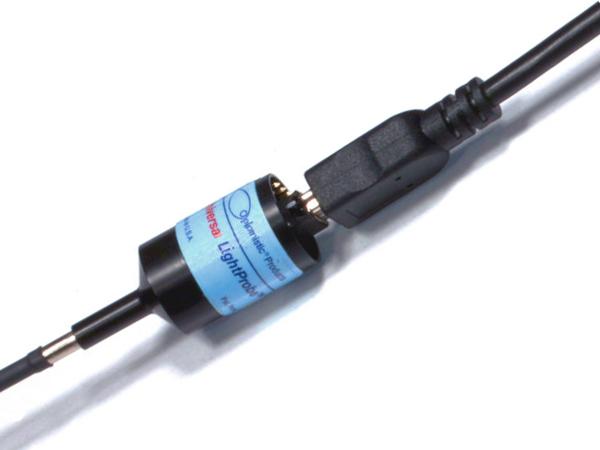There are a select few LED test providers that have been dedicated to LED test for several decades, who have a solid reputation for reliability, and who rely on their strong knowledgebase to provide excellent solutions and support. The question then becomes how to decide which LED test solution is best for your requirements? The below self-assessment can make the decision less complex.
First, understand what are you testing for?
Colour: For the majority of LED testing, a confirmation of the correct colour is all that is required. There is often no need to know the hue or saturation or even the intensity of the LED. A simple, reliable output can save time and cost, by providing more streamlined information and averting the possibility of introducing errors.
Colour & Intensity Test: If your LED test requires confirmation of both colour wavelength and intensity, then choosing an LED test solution that provides a simple analog voltage output or serial digital output, which can be incorporated into your existing ATE or software programs, will eliminate the need for 3rd party software and associated support.
Blinking LEDs, right-angle LEDs, and dim or misaligned LEDs: Every LED is different and every LED test is different, and as LED types and functions increase, a one-size-fits-all approach does not work for many LED test requirements – even if the test requirement is a colour-only test. It is important to recognize that certain LEDs can present a testing challenge. Your LED test solution provider should take these possible factors into consideration – before a recommendation is made.

Next, understand your mechanical constraints and test set-up: will it fit in your fixture and work with your LED spacing and with your power requirements?
Smaller is Better: Choosing the smallest Sensor size, with the flexibility of where to place it in your existing fixture or test set-up, is often a critical consideration. There is usually lots of competition for “real estate” in a fixture and you don’t want an oversized LED test solution that can’t be easily accommodated.
Closely spaced LEDs: LEDs are only getting smaller – and they are usually getting more and more densely packed. Choosing the smallest probe diameter size can also be a primary consideration.
Scalable and Flexible: Your LED test requirements today may be for one or two LEDs; and tomorrow that could change to hundreds of LEDs. Choose a solution that doesn’t force a choice of a minimum of 10 or 20 “channels,” or even 3 channels – yet at the same time is scalable from testing a small number of LEDs to 10’s or 100’s of LEDs. This will allow you to invest wisely from the start and ‘future proof’ your LED test decision.
Automotive, avionics, consumer electronics: Determine what your preferred power supply is going to be, e.g. +5, 12, 24 or 28 volts D.C. and make sure the solution you choose supports it.

How much does it cost?
Only pay for what you need: When comparing the costs of LED test solutions, calculate the price per LED-under-test to clearly understand the ultimate cost to test. Investing in a 10 or 20-channel LED test unit could be costly – if your requirement is to test just 1 or 2 LEDs, or even if your requirement is to test a large number of LEDs that are not dividable by 10.
Speed can be worth the cost: The response time of a Sensor – or the overall time to test – can be a factor. Finding a solution that outputs both colour and intensity in parallel can save time, especially when testing a high quantity of LEDs. On the other hand, if the response time of the Sensor is fast, but the cost to test all LEDs simultaneously is at a premium, you might consider a solution that enables the test of several LEDs with a single Sensor. Your test set-up will need to allow for the LEDs to be turned on one-at-a-time per Sensor, but if this can be achieved, there can be a cost savings of 30% - 50% of the overall cost of your LED test operation.

